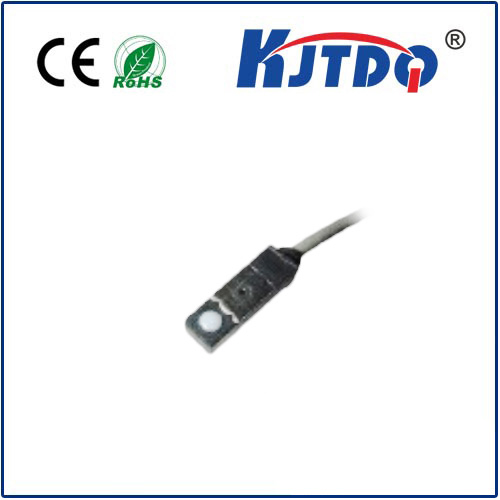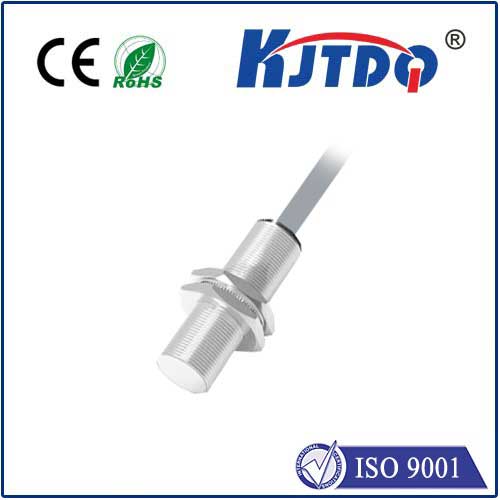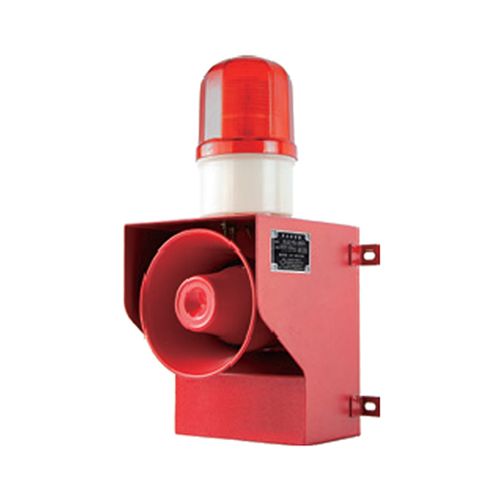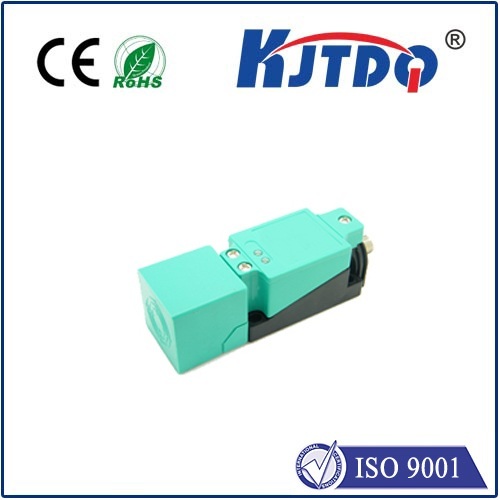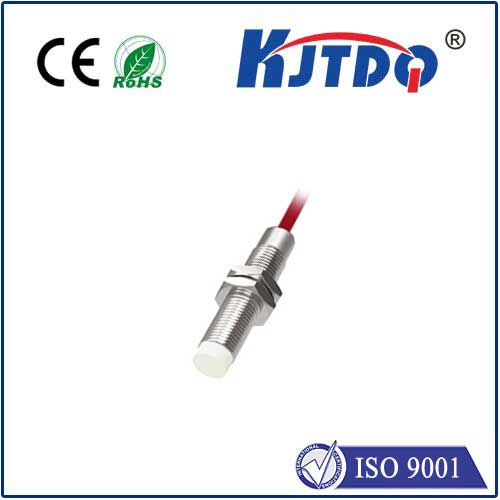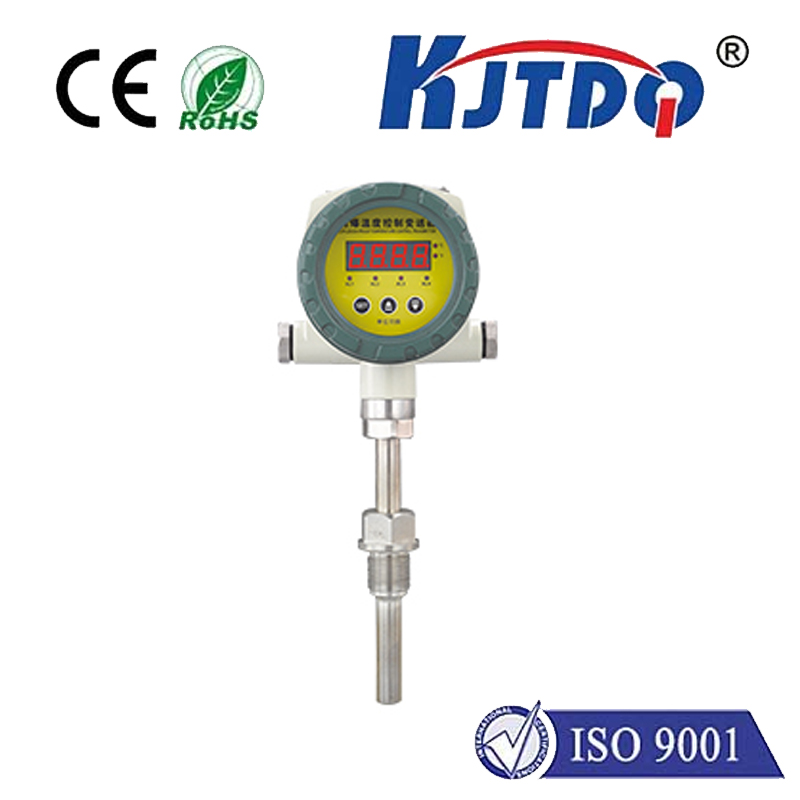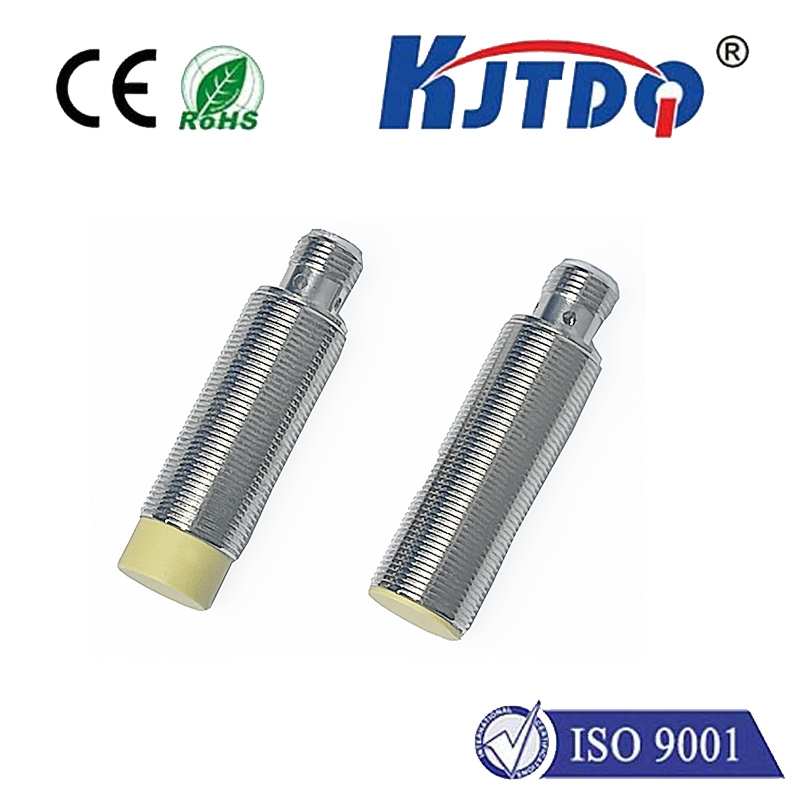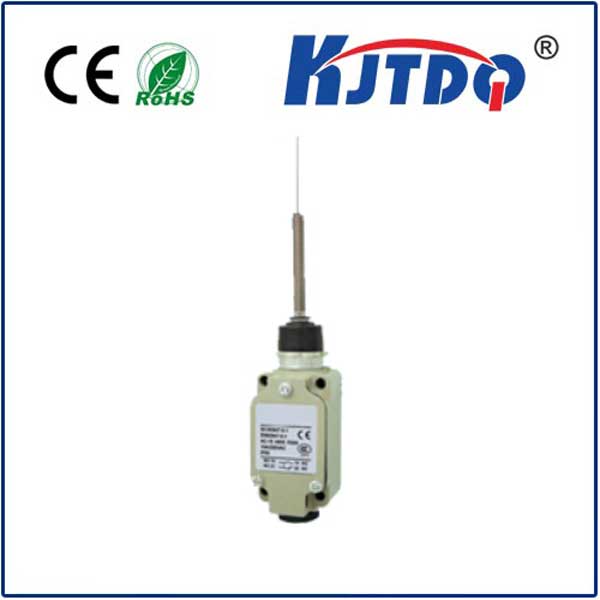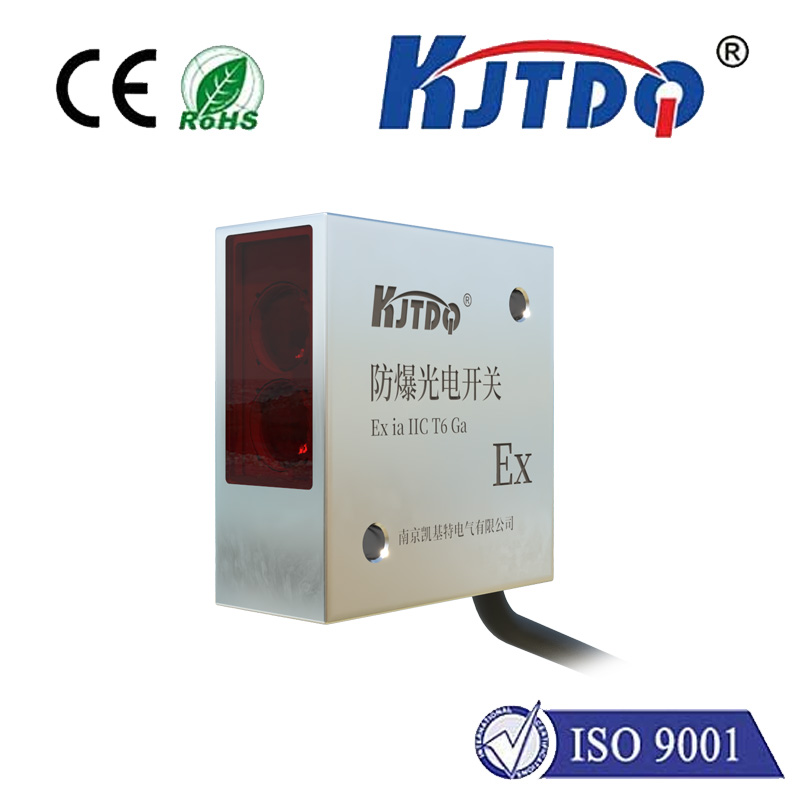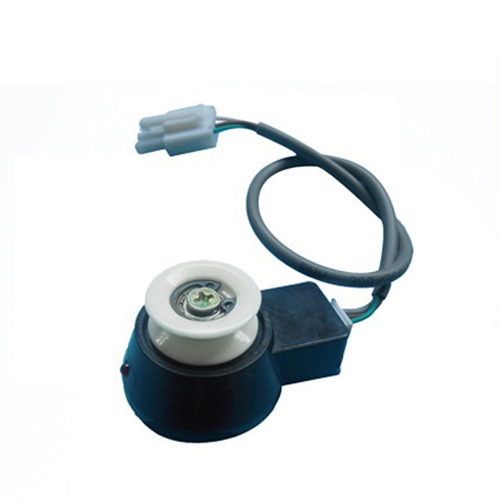BES017H high pressure proximity sensor
- time:2025-10-09 09:01:41
- Click:0
BES017H: The Essential High Pressure Proximity Sensor for Demanding Industrial Environments
Industrial machinery faces relentless challenges. Extreme pressures, harsh contaminants, and constant vibration constantly threaten operational uptime and precision. When standard sensors falter under these punishing conditions, the cost of unplanned downtime skyrockets. Selecting the right proximity sensor isn’t just about detection; it’s about resilience and unwavering reliability where it matters most. This is precisely where purpose-built components like the BES017H high pressure proximity sensor step into the spotlight, engineered to deliver consistent performance where ordinary sensors simply cannot survive.
The BES017H belongs to the category of inductive proximity sensors. Fundamentally, these non-contact devices detect the presence or absence of metallic objects by generating an electromagnetic field. When a metal target enters this field, eddy currents within the target dampen the oscillation strength within the sensor coil. This change triggers the sensor’s output signal, providing a reliable presence/absence indication. Their non-contact nature, high switching frequencies, and immunity to dust and dirt make them indispensable across countless automation and manufacturing processes.
However, standard inductive sensors have critical limitations when subjected to high pressure environments. Think hydraulic cylinders operating at hundreds or even thousands of bar, injection molding machines, heavy presses, deep-sea equipment, or high-pressure cleaning systems. In these scenarios:

- Seal Failure: Standard sensor seals can deform or rupture under extreme hydrostatic forces, allowing pressurized liquids (oil, water, coolant) or gases to penetrate, causing catastrophic internal damage.
- Housing Integrity: Sensor housings might crack or distort under immense pressure, compromising structural integrity and potentially causing safety hazards.
- Drift and Inaccuracy: Even minor housing flexing caused by pressure can alter the critical distance between the sensing face and internal coil, leading to unreliable switching points or false signals.
- Ingress Protection (IP) Compromise: The very pressure that the sensor needs to withstand can force contaminants past seals rated for lower-pressure immersion or spray.
The BES017H high pressure proximity sensor addresses these fundamental weaknesses head-on. It represents a specialized class of sensors meticulously engineered to function reliably precisely within these extreme pressure zones. Key design features typically include:
- Reinforced, Pressure-Rated Housing: Constructed from high-strength stainless steel or similarly robust materials, the housing is designed to withstand significant hydrostatic pressure without deformation or collapse. This ensures mechanical integrity is maintained.
- Advanced Sealing Technology: Utilizing high-quality, pressure-resistant elastomers (like specialized fluorinated rubbers) and sophisticated multi-lip seal designs, the BES017H is built to reliably prevent fluid ingress even under sustained high pressure. This directly translates to exceptional IP69K or IP67g ratings, signifying protection against high-pressure, high-temperature water jets and pressurized immersion.
- Optimized Internal Design: Components are carefully positioned and the sensing face design minimizes flexing under load, maintaining detection distance accuracy even in pressurized environments.
- Robust Sensing Technology: While fundamentally inductive, the internal electronics and coil assembly are fortified to resist the shock, vibration, and thermal variations often accompanying high-pressure applications, ensuring consistent long-term performance.
These specific engineering solutions make the BES017H high pressure proximity sensor an indispensable component in critical applications:
- Hydraulic Systems: Direct integration into cylinder end caps or manifolds to detect piston position reliably within pressurized oil environments. Failure here can lead to uncontrolled movement or machine damage.
- Injection Molding Machines: Monitoring core pullers, ejector pins, or clamp position directly within the high-pressure injection unit, ensuring precise timing and mold safety.
- Presses & Forming Machinery: Accurately detecting die or ram position under immense tonnage, essential for cycle control and operator safety.
- High-Pressure Test Benches: Monitoring fixture positions or component presence during pressurized fluid testing without sensor failure. Reliability is paramount for accurate test results.
- Heavy Construction & Mining Equipment: Position monitoring in hydraulic arms, booms, and attachments exposed to high pressures and extreme environments. Durability is non-negotiable.
- Subsea & Offshore Applications: Functioning reliably at depth within pressurized housings or directly exposed to seawater pressure (subject to specific depth ratings).
The primary advantage of deploying the BES017H isn’t just its ability to detect; it’s its ability to provide continuous, reliable detection under conditions that would cripple standard sensors. This translates directly to:
- Significantly Reduced Downtime: Eliminating sensor failures caused by pressure-induced leaks or damage minimizes costly production stoppages.
- Enhanced Machine Safety: Reliable position feedback is crucial for safe operation sequences in presses and heavy machinery.
- Improved Process Control & Quality: Consistent and accurate position detection ensures repeatable machine cycles and product quality.
- Lower Total Cost of Ownership (TCO): While potentially a higher initial investment, the extended service life and avoidance of frequent replacements and downtime costs make the BES017H a highly economical choice for demanding environments.
Selecting the right high pressure proximity sensor requires careful consideration:
- Pressure Rating: Understand the maximum hydrostatic pressure the sensor will be exposed to. Ensure the BES017H’s rating comfortably exceeds this. Don’t confuse system operating pressure with potentially higher surge pressures.
- Media Compatibility: Verify that the sensor housing material and seals are compatible with the specific fluid (oil, water, chemicals) it will encounter.
- Required Detection Range: Choose the appropriate sensing distance variant for your application’s mounting constraints.
- Electrical Specifications: Ensure the voltage (DC or AC), output type (PNP/NPN/N.O/N.C.), and current rating match your control system.
- Environmental Factors: Consider temperature extremes, vibration levels, and potential chemical exposure alongside pressure.
- Mounting Style: Ensure the physical design (threaded barrel, block-style, flanged) suits the installation location.
In the relentless world of heavy industry and high-pressure processes, component failure is not an option. Sensors deployed in critical positions must offer more than basic functionality; they demand exceptional resilience. The BES017H high pressure proximity sensor stands as a testament to specialized engineering, providing the robustness, reliability, and precision detection essential for maintaining peak performance and maximizing uptime in the most challenging environments. When your application operates under pressure, choosing a sensor engineered to thrive under pressure, like the BES017H, is not just a technical decision – it’s a strategic one for operational excellence.












